Sea State: one foot seas
Sea Surface Temperature: 53 F
Wild Weather
The storm continued all night and into the morning. The pitching of the ship tossed us around in our bunks all night. Walking around required grabbing walls and furniture for balance. With waves reaching ten feet, the crew asked us to stay inside unless it was absolutely necessary. When people had to go outside to do chores, they went in pairs and brought a radio.
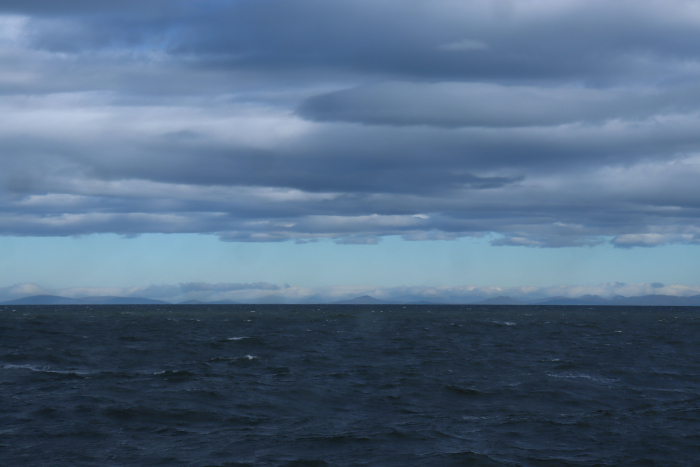
After enjoying watching the scene from the wheelhouse, I took the time to catch up on some paperwork. I was absorbed in my work for a few hours and didn’t pay much attention to the lessening movement of the ship or the sound of the anchor being lowered. I did gradually notice that more and more sun was coming through the windows, and that people were talking about going outside. I decided to check out what was going on. To my astonishment, the sun was shining and the Norseman II sat at anchor just off of Nome Harbor, bobbing gently in the waves. What a change from this morning! I grabbed my computer and completed my paperwork outside.
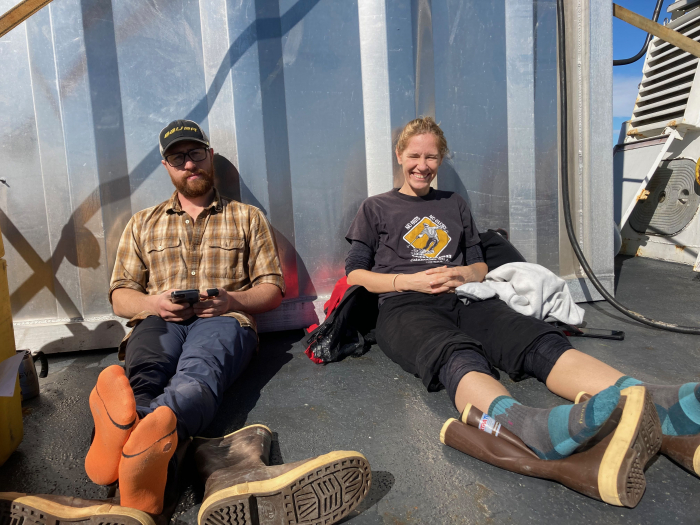
Tomorrow we will go ashore and most people will scatter to their home towns. Miguel, Bob, Dean, and Evie, however are staying aboard the Norseman II. A new group of researchers will join them in the coming days for another three weeks on the Chukchi Sea.
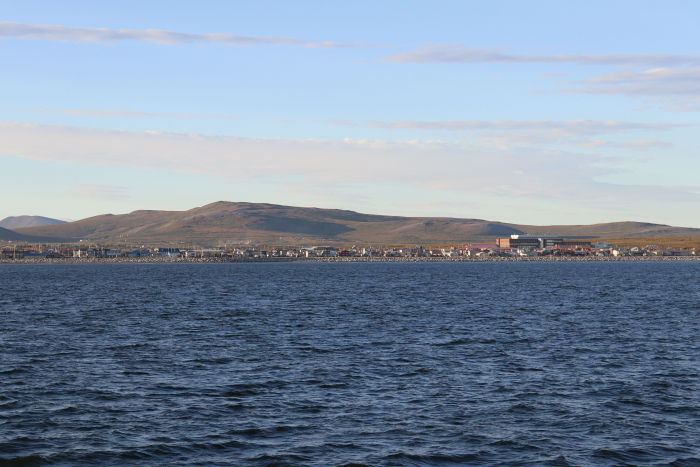
Who's Who on the Norseman II
Jie
Deploying the CTDA research tool that is submerged in the water to measure conductivity (salinity), temperature, and depth. is a complex task. Ten minutes before we arrive at the station, the CTDA research tool that is submerged in the water to measure conductivity (salinity), temperature, and depth. crew suits up and prepares the CTDA research tool that is submerged in the water to measure conductivity (salinity), temperature, and depth. for deployment. Once he has steered the ship to the station, the captain uses the throttle to keep the boat in one spot on the moving sea. When the ship is in position and the CTDA research tool that is submerged in the water to measure conductivity (salinity), temperature, and depth. is ready, the lab gives the go-ahead. Now it is time to ease the CTDA research tool that is submerged in the water to measure conductivity (salinity), temperature, and depth. off the stern and into the water, let the instruments soak, raise it to the surface to begin the cast, and then lower it to the seafloor far out of sight. Imagine the challenge of lowering a complicated instrument to just the right depth without being able to see seafloor with your own eyes. That’s where Jie’s job comes in. Jie watches the data being sent up from the CTDA research tool that is submerged in the water to measure conductivity (salinity), temperature, and depth. to make sure that the instruments are working as they should. He keeps an eagle eye on the CTDA research tool that is submerged in the water to measure conductivity (salinity), temperature, and depth.’s altimeter and tells the winch operator when the CTDA research tool that is submerged in the water to measure conductivity (salinity), temperature, and depth. is close enough to the bottom. On the way up, Jie stops the CTDA research tool that is submerged in the water to measure conductivity (salinity), temperature, and depth. at certain depths and fires the Niskin bottles to collect water. It’s a pretty high-pressure job, and it doesn’t end when the CTDA research tool that is submerged in the water to measure conductivity (salinity), temperature, and depth. is safely back on board. Jie also helps collect water samples, and he is in charge of processing the CTDA research tool that is submerged in the water to measure conductivity (salinity), temperature, and depth. data so that it is ready for use.
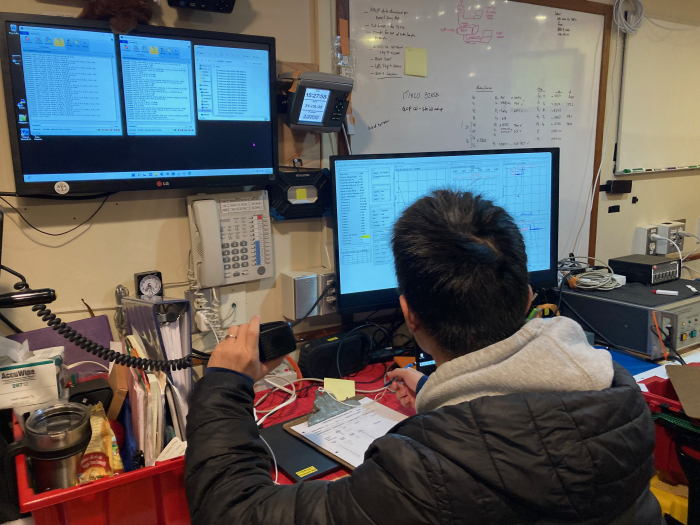
As a graduate student studying oceanography in Beijing, Jie wanted to do some field work in addition to the modeling in which his lab specialized. His advisor helped him reach out to scientists at Woods Hole, and he was able to spend two years there as a guest student. Now, he is back as a post doc working with Bob. Jie studies water masses in the North Atlantic and in Alaska and loves the challenge of analyzing data from a cruise to find the story it tells about the ocean. He likes returning to his office with data he collected himself, and says that the feeling of using this data is different that using data collected by another researcher.
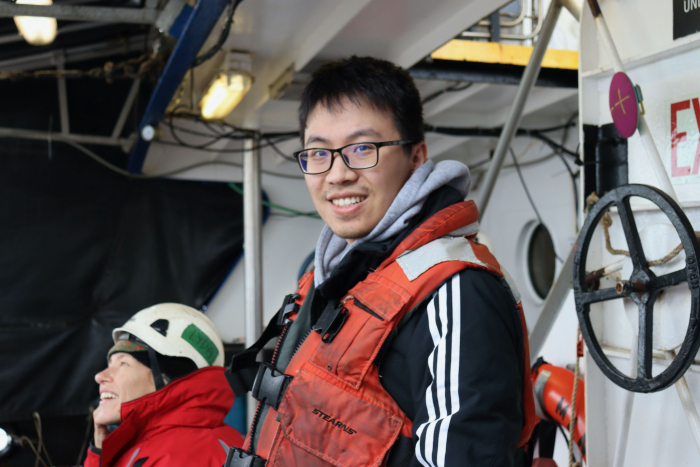
Evie
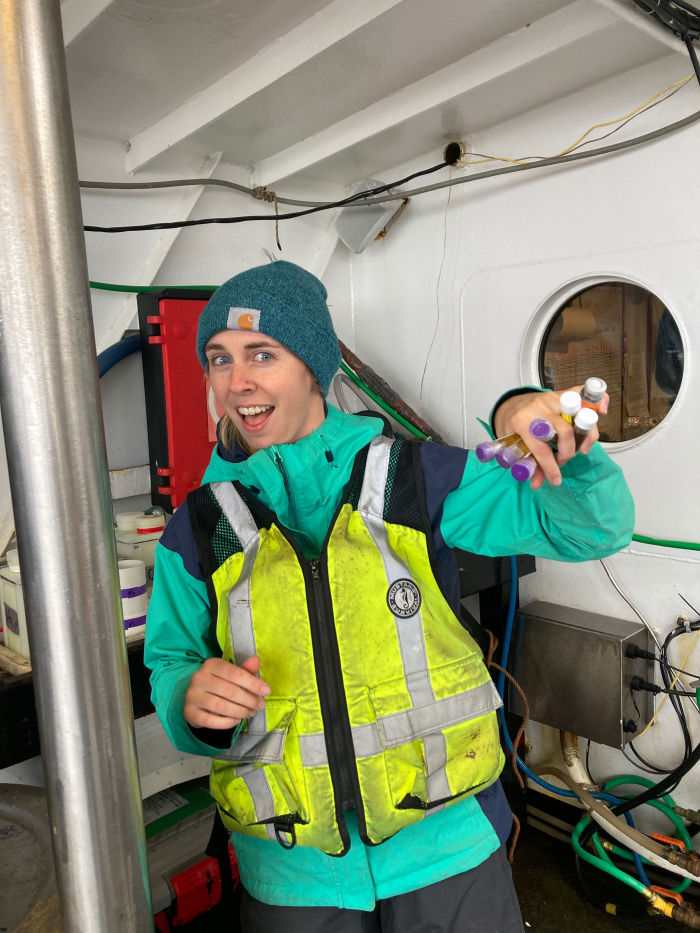
Over the last five years, Evie has spent more than six months at sea for science. She went to Northeastern University in Boston, a university where students spend time both in classes and in 6-month-long internships. She describes this system as a good way to find out if what you think you want to do is what you want to do. During her time at Northeastern, she did an internship working with HABs at Woods Hole and found out that this was something that she did indeed want to do.
After college, she was hired back to the Anderson Lab at Woods Hole, the same lab where she had done her internship. Shortly after, Evie was sent on the USCGC Healy, a 420 foot ice breaker, to collect Alexandrium from the Bering and Chukchi Seas. Since that time, she has been on four more cruises and started working on a PhD focused on HABs. She is also a fiendish cribbage player.
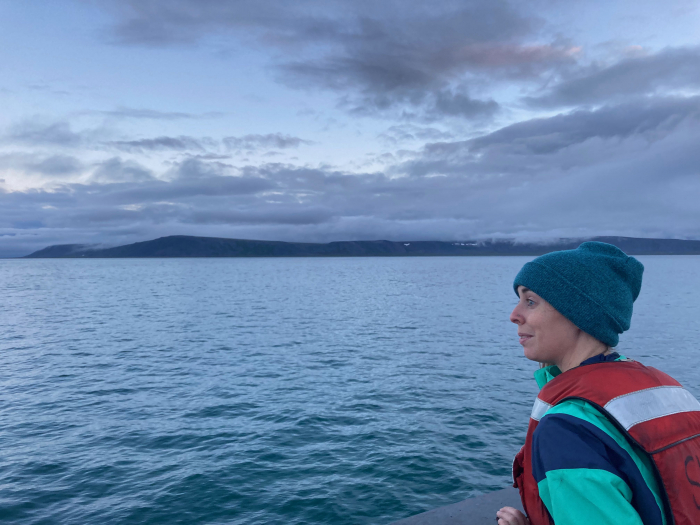
Lyda
You would have to climb high up the steep hills in the rainforest of Southeast Alaska if you wanted to catch up with Lyda last summer. She was working for biologists studying little brown bats (Myotis lucifugus). They would hike in the steepest parts of the Tongass National Forest to look for hibernacula, the caves where bats hibernate for the winter. As well as monitoring known sites around Juneau. The team used game cameras, scent dogs, and acoustic detectors that listened to the bats’ calls.
This May, you could find Lyda scaring bears away from her field camp in Controller Bay on Alaska’s gulf coast. A plane dropped her and three other researchers off for a three-week project studying red knots. These small shorebirds stop in Controller Bay’s mudflats during their long migration from Baja Mexico to the Arctic. Each high tide forced the birds to group up high on the beach, giving the crew the opportunity to survey the red knots. Some days this meant waking at 5:00, surveying birds, returning to camp for a nap, and surveying again in the evening.
Lyda came up to Alaska for fun summer guiding jobs and finished college at University of Alaska Southeast. At UAS, she took advantage of the many opportunities available to students, such as the Alaska Dive Semester, interning in the state legislature, learning to fly fish, and participating in the Juneau Icefield Research Program. Saying yes to each of these opportunities allowed her to learn new skills and meet new friends. These skills and connections led to more opportunities, including the work she is doing today as a field technician for the Alaska Division of Wildlife Conservation and for WHOI onboard the Norseman II.
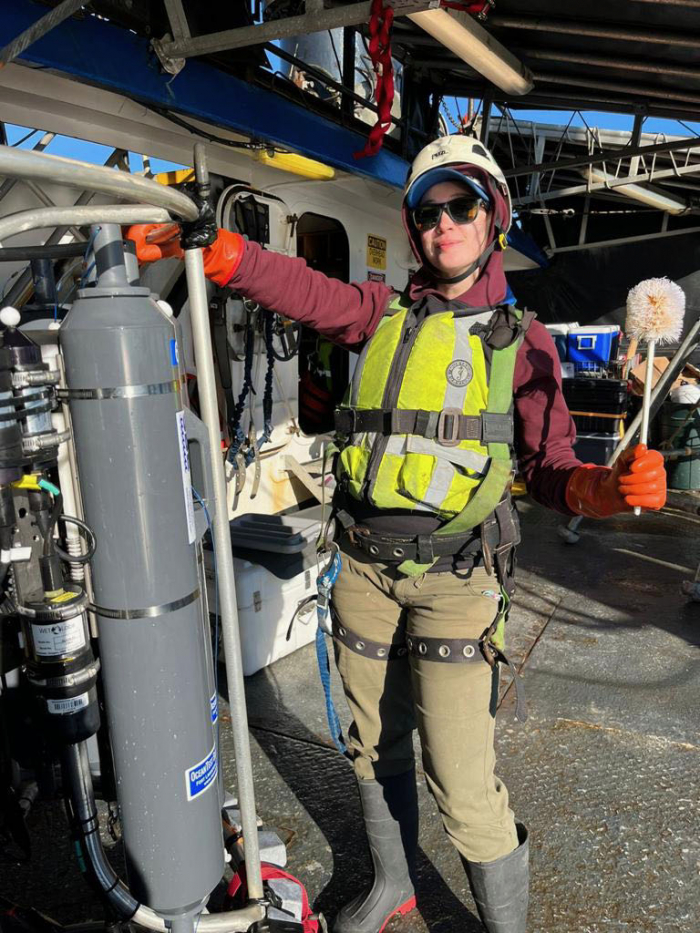
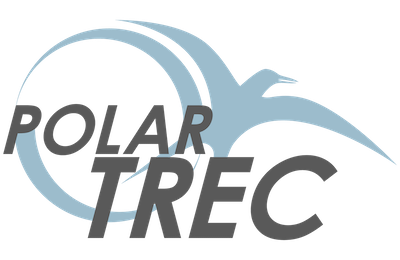

Comments